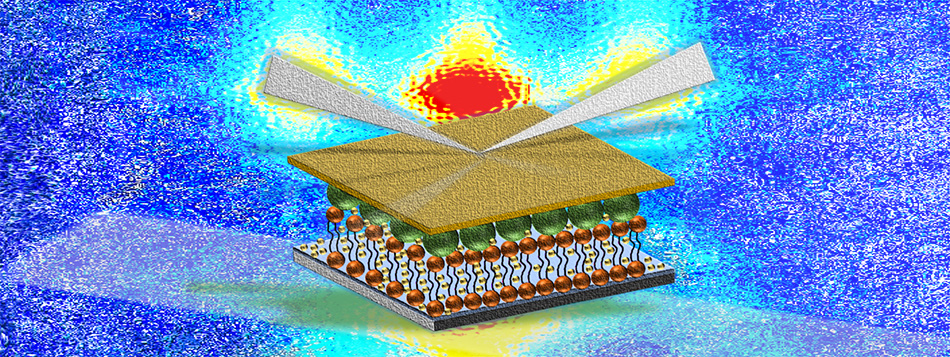Sprecher
Beschreibung
Magnetic nanocaps, formed by depositing Co/Pd multilayers on highly ordered arrays of silica nanospheres, present a promising area of study due to their unique properties. This research focuses on fabricating and characterizing these nanocaps and comparing them to films deposited on flat silicon substrates. Using an advanced drop-casting method, we prepared two-dimensional arrays of silica nanospheres with diameters of 50 nm and 200 nm [1]. The curvature of these nanospheres induced lateral variations in film thickness, affecting the material properties. Structural analysis using X-ray reflectivity and Grazing Incidence Small Angle X-ray Scattering (GISAXS) revealed the curvature-induced morphology. Magnetic measurements via SQUID indicated distinct properties, including low coercivity and altered anisotropy axis direction, compared to flat films. Depth-resolved magnetization profiles were determined using Polarized Neutron Reflectivity (PNR). Additionally, Grazing Incidence Small Angle Neutron Scattering (GISANS) was employed to investigate in-plane lateral magnetic fluctuations. GISANS provided detailed information on the spatial distribution and correlations of magnetic domains within the nanocaps, revealing how the curvature and thickness variations influence magnetic interactions at the nanoscale. This comprehensive study correlates the magnetic and structural properties of thin films with varying thicknesses and nanosphere radii, enhancing our understanding of curvature's impact on nanostructure formation and magnetic behavior, and guiding the design of functional magnetic materials for technological applications.
References:
[1] A. Qdemat, et.al., RSC Adv., 10, 2020.

